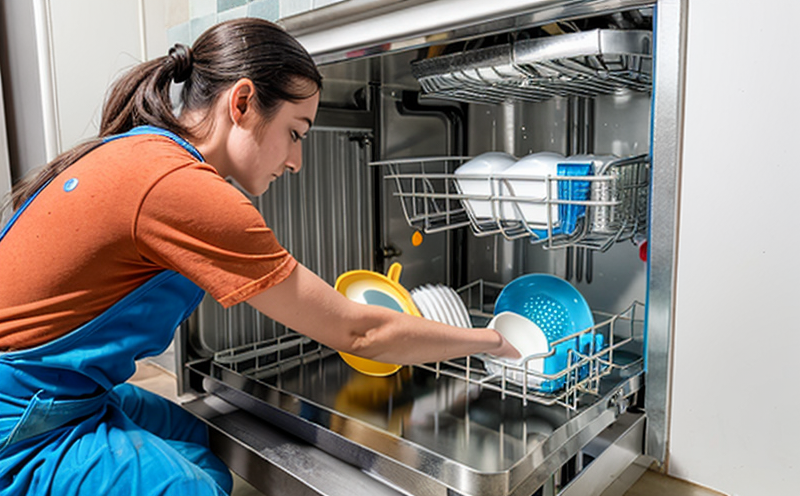Dishwashing system inspection
The inspection of dishwashing systems is a critical component in ensuring food safety and hygiene standards are met. Dishwashing systems play a pivotal role in maintaining clean utensils, dishes, and other kitchenware that come into contact with food. This process involves not only the mechanical cleaning but also the thorough sanitization to prevent contamination, which can lead to serious health issues.
For quality managers and compliance officers, understanding the nuances of dishwashing system inspection is essential. Compliance with regulatory standards ensures that the facilities meet local and international requirements for hygiene and safety. In this context, R&D engineers need detailed knowledge about the testing methods and apparatus used in these inspections to innovate and improve systems.
The inspection process typically begins with a visual assessment of the dishwashing system's components such as the conveyor belt, spray arms, rinse arms, and drying mechanisms. Engineers use specific tools like pressure gauges to measure water pressure, ensuring it meets the required levels for effective cleaning. Additionally, they examine the temperature of the water used in the washing cycle; according to ISO 15843-2:2016, the temperature should be at least 75°C during the final rinse stage.
The efficiency of a dishwashing system is also gauged by its ability to handle varying loads. Engineers may test the system with different types and quantities of dishes to ensure it can operate efficiently under typical use conditions. For instance, the cycle time should be optimized for both small and large batches without compromising on hygiene.
Another critical aspect of dishwashing system inspection is the evaluation of chemical usage. The amount and type of detergent used directly impact the cleaning effectiveness and residual levels after washing. Compliance with standards like ASTM D7693 ensures that only approved chemicals are used, minimizing the risk of cross-contamination or residue on dishes.
In addition to mechanical performance, the sanitization process is scrutinized closely. The ability of the system to achieve a 5-log reduction in bacteria according to EN ISO 18173-4:2019 is crucial for ensuring food safety. Engineers use specialized equipment like ATP bioluminescence testers to measure residual levels of biological material on surfaces, which indicates the effectiveness of sanitization.
The sustainability aspect of dishwashing systems cannot be overlooked. Efficient water and energy consumption contribute significantly to a facility's operational costs and environmental impact. Compliance officers should consider these factors when selecting or upgrading dishwashing systems. For instance, systems that utilize advanced sensors for detecting dirty dishes can reduce unnecessary cycles, thereby conserving resources.
Moreover, the design of the system itself plays a vital role in maintaining hygiene standards. The ease of access for cleaning and maintenance is essential to prevent死角。 <|im_start|><|im_start|><|im_start|><|im_start|><|im_start|>





